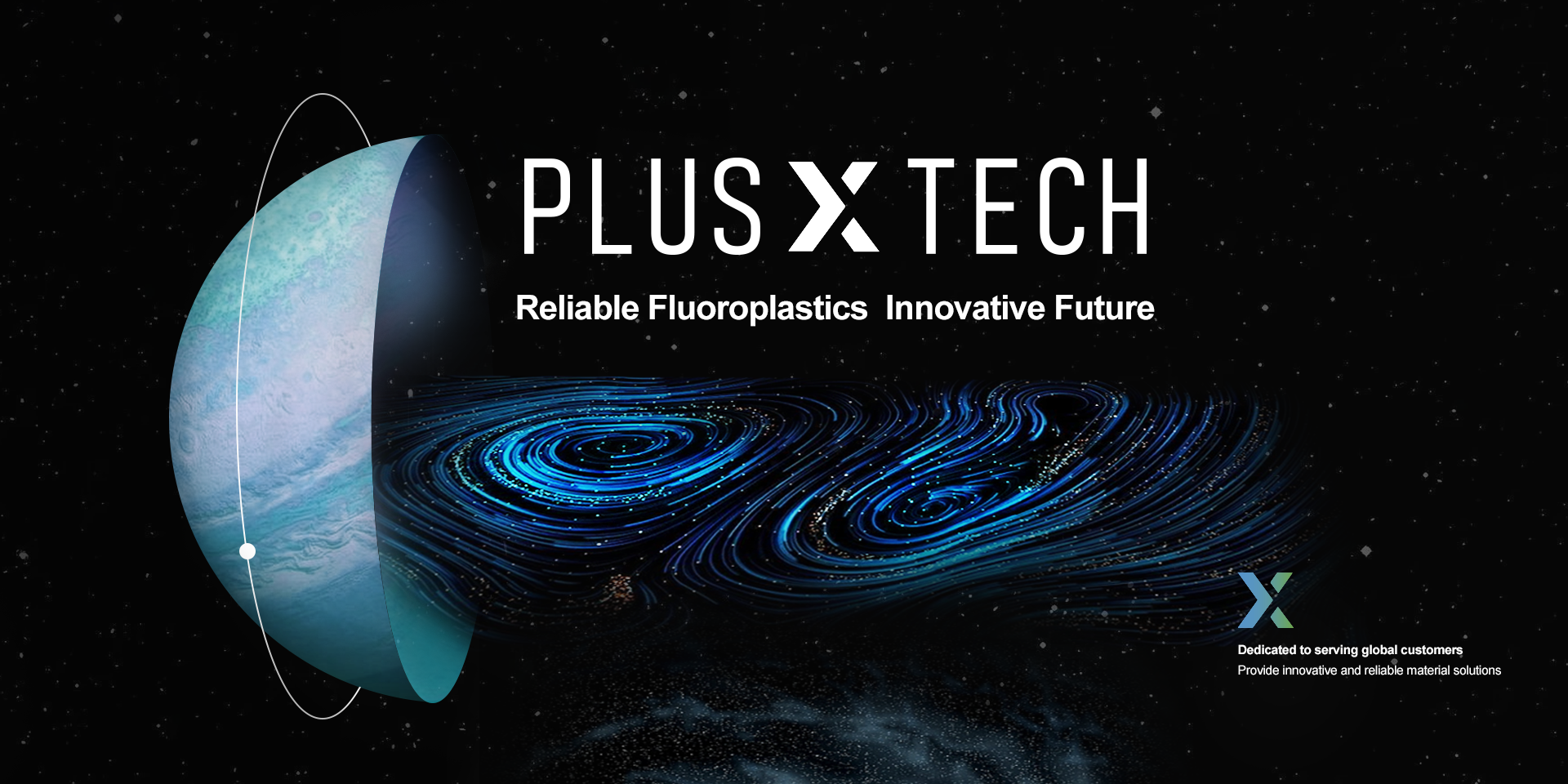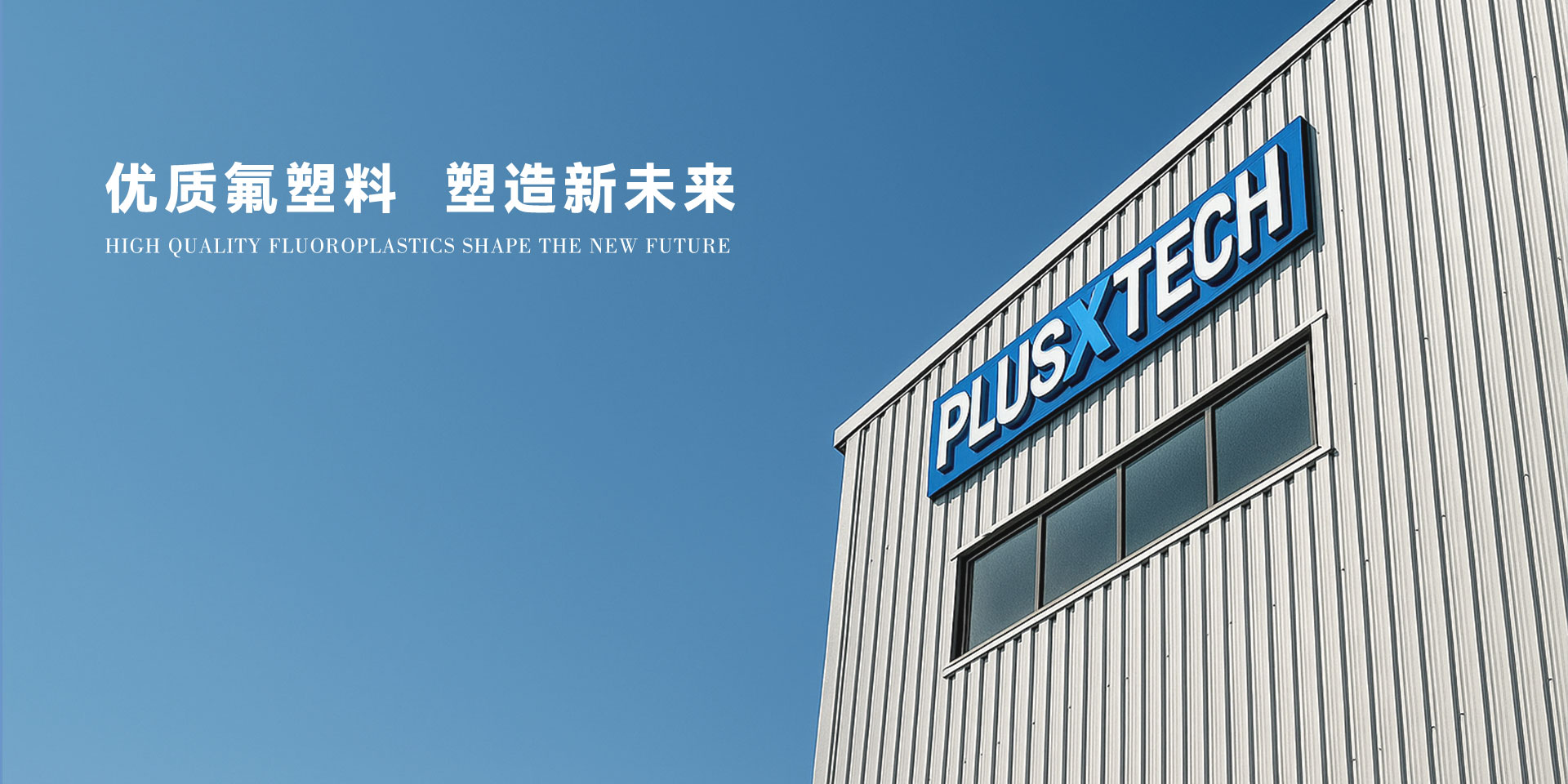With the increasing demand for renewable energy, the technology of solar energy and photovoltaic industry has been continuously developed, the materials of photovoltaic solar panels are also constantly updated, and in recent years, ETFE materials have been used by more and more solar panel manufacturers. ETFE is a high performance polymer material with excellent physical and chemical properties.
In solar panel manufacturing, ETFE is considered to be the ideal packaging material for flexible photovoltaic cells and the best choice as a backplane material for solar panels.
ETFE membrane, the invisible champion in the field of solar energy
Compared with traditional solar cells, ETFE film as a solar backplane material has many advantages.
First, the ETFE film itself is lighter, which can reduce the weight of solar panels and manufacturing and transportation costs. This makes the solar panels made with it more lightweight and easy to carry, suitable for outdoor activities and field work.
Secondly, ETFE material has good impact resistance and heat resistance. At different temperatures, ETFE materials will not be destroyed, and can resist external impact or bending to a certain extent to reduce the breakage rate of solar panels, thus greatly improving the service life of solar panels.
Thus, solar panels manufactured with ETFE can maintain their structural integrity under high temperature conditions.
The field of ETFE membrane photovoltaic has demonstrated its skills, and the new energy revolution has quietly emerged.
In the application of flexible photovoltaic cells, ETFE materials are also one of the most promising research directions in recent years. Compared with most PV backplanes on the market that use PVDF and PVF as the outer fluorine film, ETFE materials have excellent durability and weather resistance, and can withstand extreme temperature and climate conditions, thereby extending the service life of solar panels.
In contrast, traditional solar panel materials such as glass or aluminum alloy have relatively low durability and weather resistance, and are easily damaged by environmental factors.
As the ideal packaging material for flexible photovoltaic cells, ETFE film can get rid of tempered glass, has strong adhesion characteristics unique to metal, overcome the non-adhesion defect of PTFE to metal, close to the linear expansion coefficient of carbon steel, and become an ideal composite material for metal, so that photovoltaic modules become from the upper ETFE film, EVA layer, battery layer, etc.
The EVA layer and the lower ETFE layer are composed of five layers, so that the thickness of the battery is only less than 1mm. Because it is completely made of plastic, its weight is only 1kg/ square meter, which truly realizes flexibility and portability. Flexible solar panels are expected to be rapidly applied in aerospace, solar cars, solar sailing ships, outdoor activities and disaster emergency and many other scenarios with high requirements for lightweight, portability and application, making it possible for solar energy to be made into any shape and attached to any object surface.
With the continuous innovation of technology and the continuous improvement of market demand, ETFE film will play an increasingly important role in the solar energy and photovoltaic industry, and with the continuous development and improvement of ETFE materials, its performance and application range in solar panel manufacturing will continue to improve and expand.
In the future, we expect ETFE membranes to bring more technological innovation and market development in these areas.












